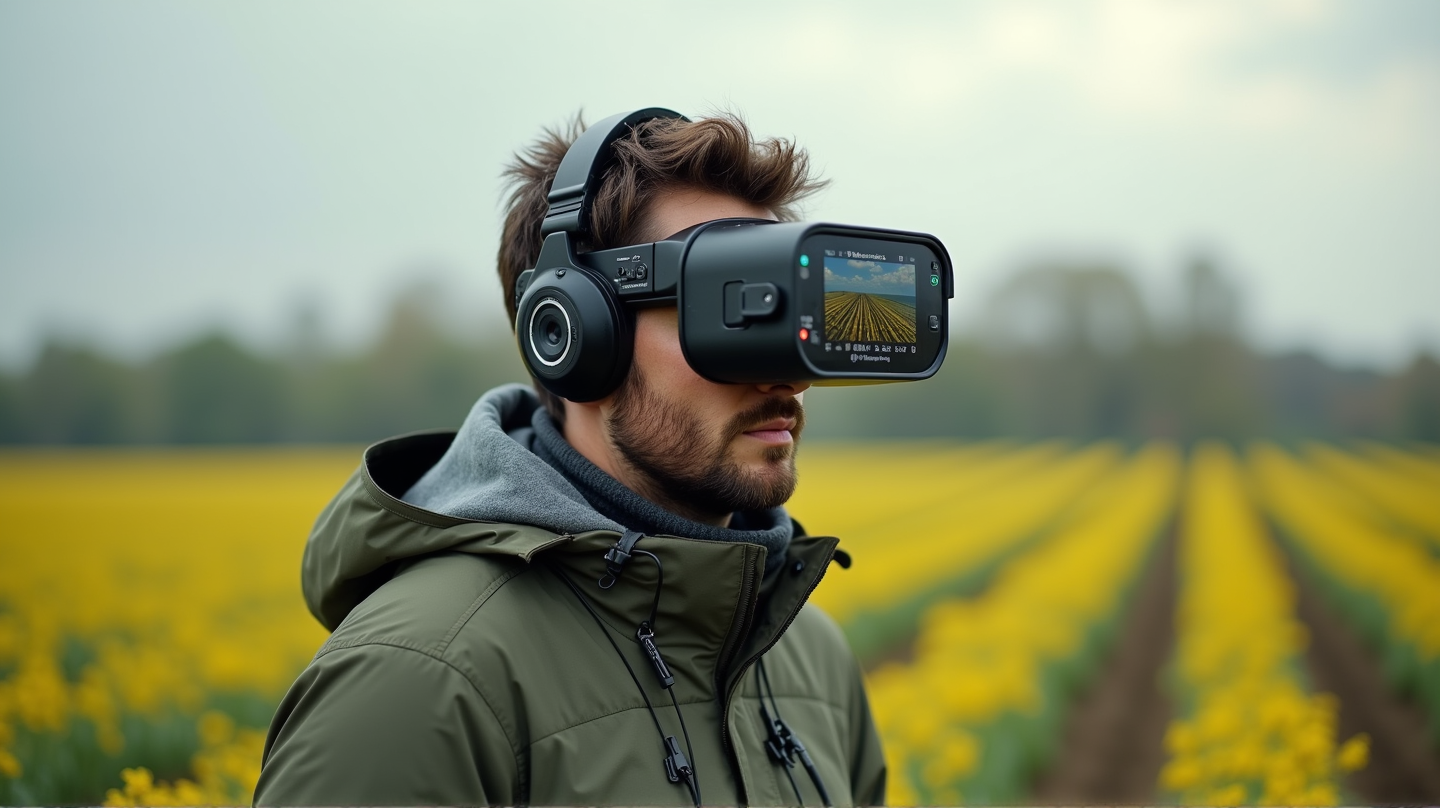How Wearable Technology is Revolutionizing Farm Labor Health
Discover how wearable technology is transforming agriculture by tackling farm labor health, wellness, and safety challenges.

Innovations in Farm Safety: The Wearable Tech Era Begins
In a world where technology is advancing at an unprecedented pace, the agricultural sector is not left behind. Wearable technology is transforming agriculture by addressing critical challenges in farm labor health, wellness, and safety. From monitoring environmental hazards to tracking biometric data, these devices offer innovative solutions to improve worker well-being and operational efficiency in agricultural settings. As Aaron Yoder, associate professor at the University of Nebraska Medical Center, highlights, the integration of technology into farming is more than a trend; it’s a necessity.
Battling Hearing Loss with Smart Solutions
Farmers and agricultural workers are at higher risk for noise-induced hearing loss due to prolonged exposure to loud environments. According to industry research, approximately two-thirds of farmers suffer from this irreversible condition. However, wearable devices like sound level meters and smart hearing protection, such as Ryobi’s hearing protection earbuds, are making strides in preventing hearing damage. These tools help monitor and manage noise levels, reducing the risk of hearing loss.
Combatting Heat Illness with Real-Time Monitoring
Heat illness remains a concern for field workers who face high temperatures and humidity. Wearable environmental monitors, such as the Kestrel Drop devices, allow for constant tracking of temperature and humidity conditions. Unlike traditional methods that rely on weather stations miles away, these monitors provide localized data, ensuring timely alerts for necessary hydration and rest.
Ergonomic and Fatigue Prevention Through Tech
Ergonomic injuries and fatigue present serious challenges in agriculture. Wearables like heart rate monitors and fitness trackers are helping farm workers by providing data that can optimize tasks and reduce physical strain. For example, a study using heart rate data led to the design of a shovel that minimized worker exertion. These technologies not only enhance safety but also contribute to worker comfort and efficiency, making them essential in modern farming.
Resilience Against Respiratory Risks
The agricultural environment is fraught with particulate matter risks from dust and smoke. Wearable air quality sensors, such as those by Plume Labs, help measure these risks in real-time, providing essential data for the use of proper respiratory protection. These advances signal a new era in health and safety for agricultural workers.
The Future: Integration and Expansion
The path forward for wearable technology in agriculture lies in its integration with other advanced technologies like virtual and augmented reality for training purposes. The possibilities are vast, including mapping hazards on farms for better emergency response coordination.
Wearable technology offers a powerful toolkit for enhancing farm labor health, wellness, and safety. By addressing hazards like noise, heat, and fatigue, these devices empower workers and employers to create safer, more efficient agricultural environments. As stated in Ag Proud, farms adopting these technological advancements are paving the way for a safer, more sustainable future in agriculture.





